
How to Use MPQ6610: Examples, Pinouts, and Specs
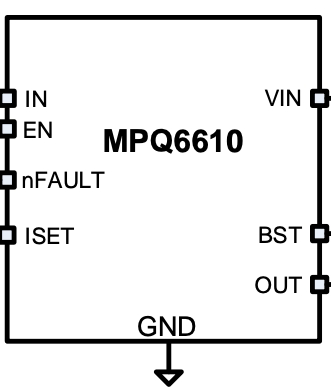
 Design with MPQ6610 in Cirkit Designer
Design with MPQ6610 in Cirkit DesignerIntroduction
The MPQ6610, manufactured by MPS, is a high-side power switch specifically designed for automotive applications. This component is known for its low on-resistance, over-current protection, and thermal shutdown features, ensuring reliable operation even in harsh environments. The MPQ6610 is ideal for applications such as power distribution, load switching, and automotive lighting systems.
Explore Projects Built with MPQ6610
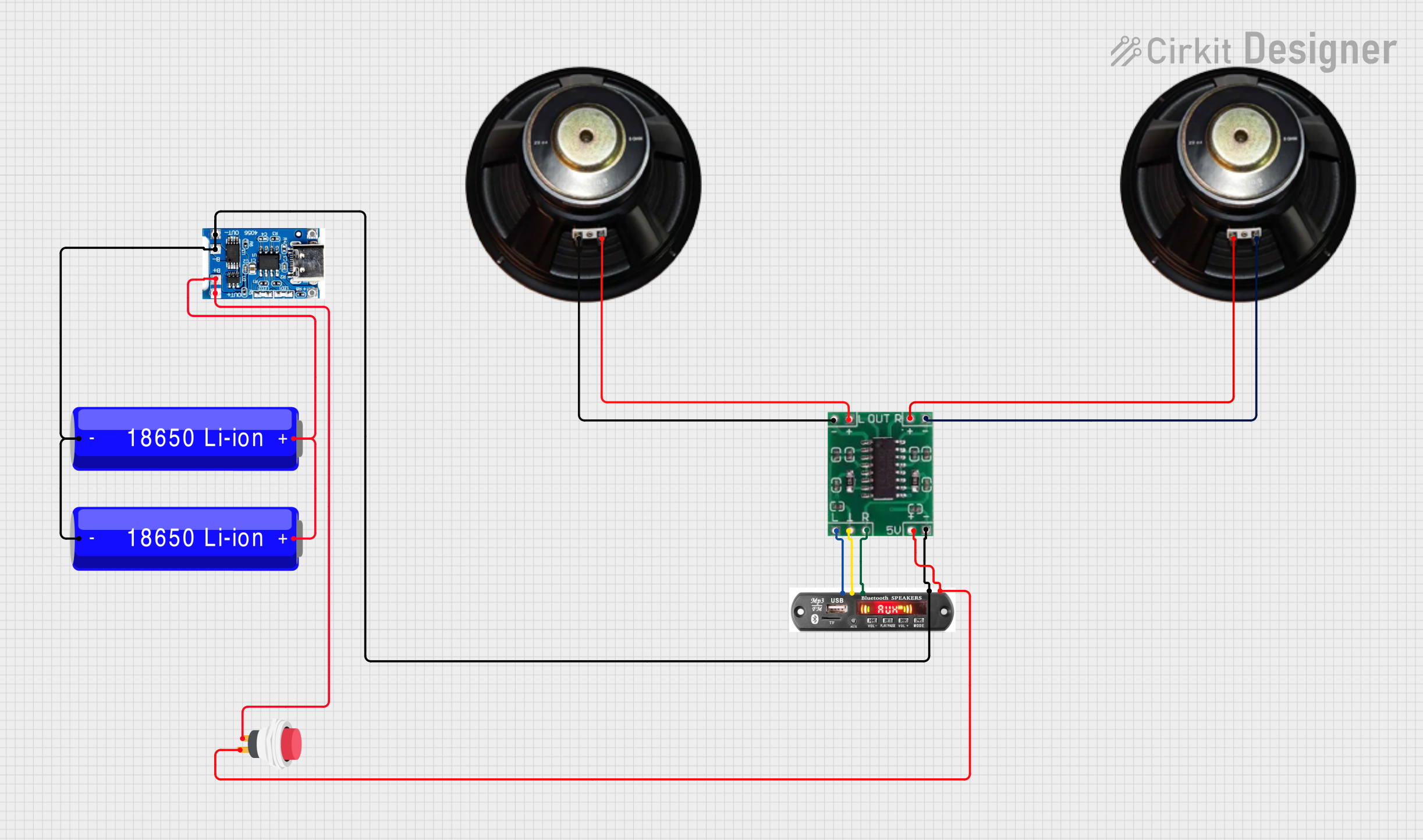
 Open Project in Cirkit Designer
Open Project in Cirkit Designer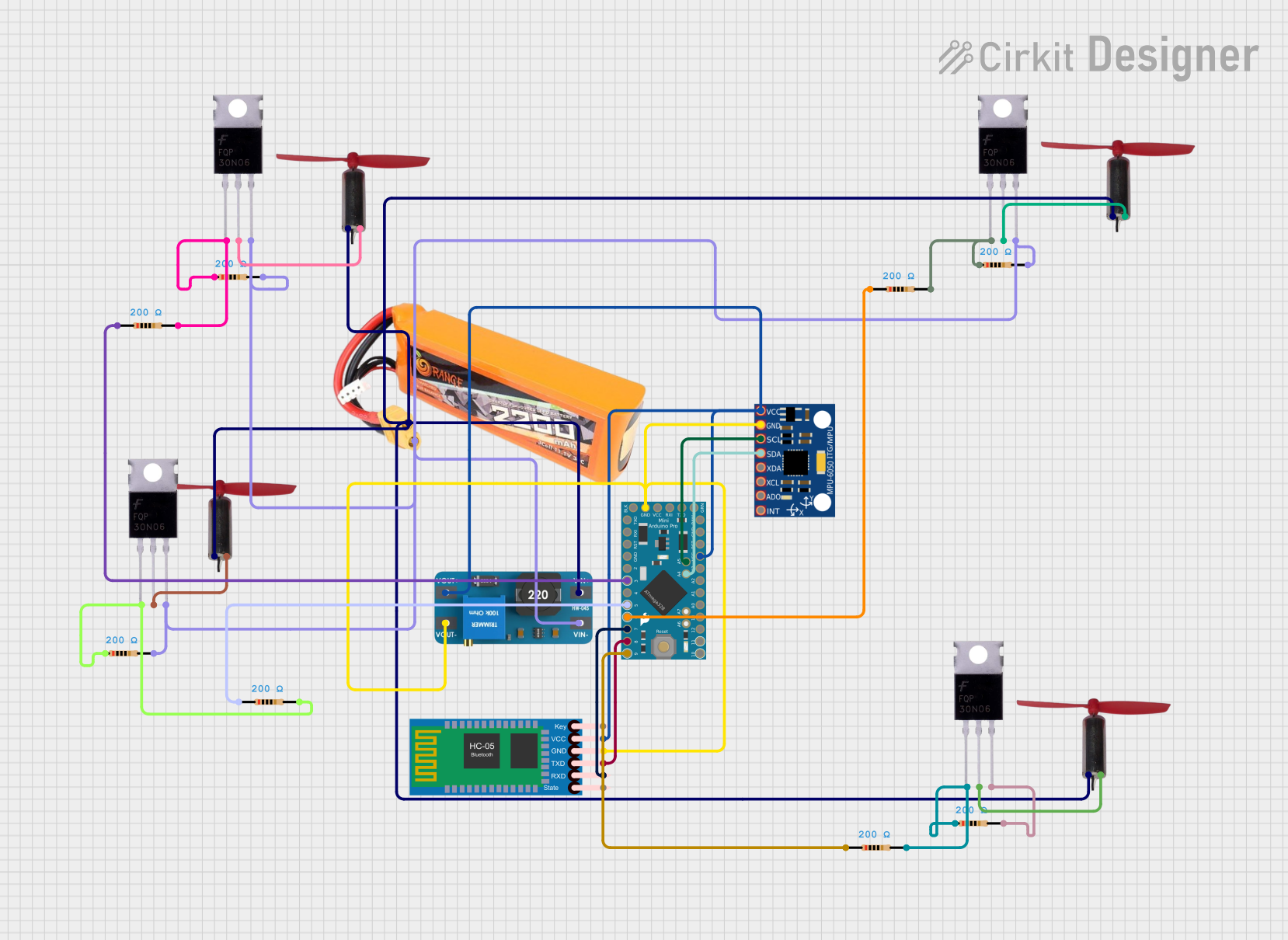
 Open Project in Cirkit Designer
Open Project in Cirkit Designer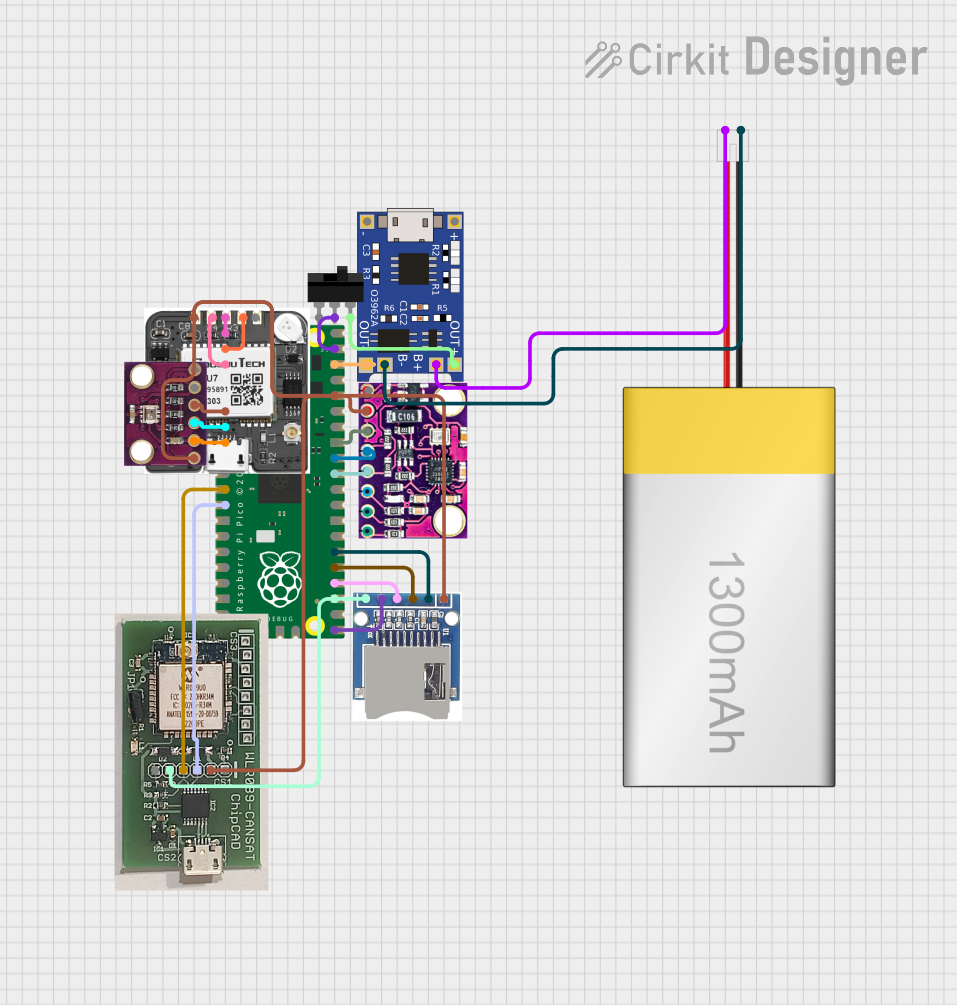
 Open Project in Cirkit Designer
Open Project in Cirkit Designer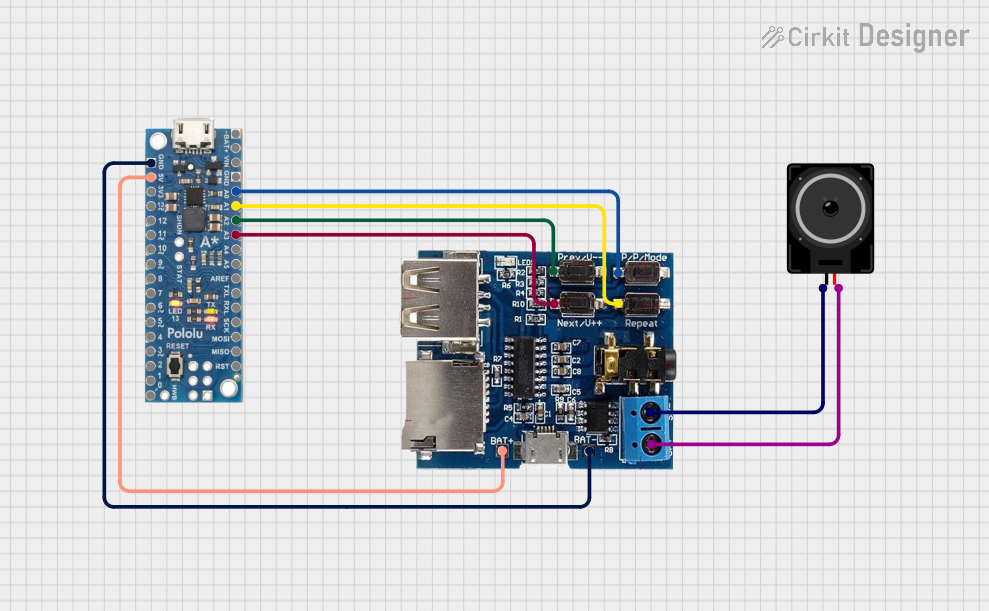
 Open Project in Cirkit Designer
Open Project in Cirkit DesignerExplore Projects Built with MPQ6610

 Open Project in Cirkit Designer
Open Project in Cirkit Designer
 Open Project in Cirkit Designer
Open Project in Cirkit Designer
 Open Project in Cirkit Designer
Open Project in Cirkit Designer
 Open Project in Cirkit Designer
Open Project in Cirkit DesignerTechnical Specifications
Key Technical Details
| Parameter | Value |
|---|---|
| Operating Voltage Range | 4.5V to 40V |
| On-Resistance (RDS(on)) | 50mΩ (typical) |
| Maximum Load Current | 2A |
| Over-Current Protection | Yes |
| Thermal Shutdown | Yes |
| Operating Temperature | -40°C to +125°C |
| Package | SOIC-8 |
Pin Configuration and Descriptions
| Pin Number | Pin Name | Description |
|---|---|---|
| 1 | IN | Input voltage |
| 2 | GND | Ground |
| 3 | EN | Enable pin (active high) |
| 4 | NC | No connection |
| 5 | NC | No connection |
| 6 | NC | No connection |
| 7 | OUT | Output voltage |
| 8 | FLT | Fault indicator (active low) |
Usage Instructions
How to Use the MPQ6610 in a Circuit
- Power Supply Connection: Connect the input voltage (4.5V to 40V) to the IN pin and the ground to the GND pin.
- Load Connection: Connect the load between the OUT pin and ground.
- Enable Pin: To turn on the switch, apply a high signal (typically 3.3V or 5V) to the EN pin. To turn off the switch, apply a low signal (0V) to the EN pin.
- Fault Indicator: The FLT pin can be connected to a microcontroller or an LED to indicate fault conditions. The pin is active low, meaning it will go low when a fault is detected.
Important Considerations and Best Practices
- Thermal Management: Ensure proper heat dissipation by using adequate PCB copper area around the device.
- Over-Current Protection: The MPQ6610 includes over-current protection. Ensure that the load current does not exceed the maximum rating of 2A.
- Decoupling Capacitors: Place a decoupling capacitor (e.g., 0.1µF) close to the IN pin to filter out noise and ensure stable operation.
- Fault Handling: Monitor the FLT pin to detect and handle fault conditions such as over-current or thermal shutdown.
Example Circuit with Arduino UNO
// Example code to control MPQ6610 with Arduino UNO
const int enablePin = 7; // Pin connected to EN pin of MPQ6610
const int faultPin = 8; // Pin connected to FLT pin of MPQ6610
void setup() {
pinMode(enablePin, OUTPUT); // Set enable pin as output
pinMode(faultPin, INPUT); // Set fault pin as input
digitalWrite(enablePin, LOW); // Initially turn off the switch
Serial.begin(9600); // Initialize serial communication
}
void loop() {
// Turn on the switch
digitalWrite(enablePin, HIGH);
delay(1000); // Keep the switch on for 1 second
// Check for fault condition
if (digitalRead(faultPin) == LOW) {
Serial.println("Fault detected!");
} else {
Serial.println("No fault.");
}
// Turn off the switch
digitalWrite(enablePin, LOW);
delay(1000); // Keep the switch off for 1 second
}
Troubleshooting and FAQs
Common Issues and Solutions
Switch Not Turning On:
- Check Power Supply: Ensure the input voltage is within the specified range (4.5V to 40V).
- Enable Pin: Verify that the EN pin is receiving a high signal (3.3V or 5V).
Fault Indicator Active:
- Over-Current Condition: Check if the load current exceeds 2A. Reduce the load if necessary.
- Thermal Shutdown: Ensure proper heat dissipation. Check for any obstructions to airflow or inadequate PCB copper area.
Noise and Unstable Operation:
- Decoupling Capacitors: Ensure a decoupling capacitor is placed close to the IN pin.
- PCB Layout: Verify that the PCB layout follows best practices for power and ground connections.
FAQs
Q1: Can the MPQ6610 be used with a 12V automotive battery? A1: Yes, the MPQ6610 can operate with input voltages ranging from 4.5V to 40V, making it suitable for use with a 12V automotive battery.
Q2: How do I know if the MPQ6610 has entered thermal shutdown? A2: The FLT pin will go low if a fault condition, such as thermal shutdown, is detected. Monitor the FLT pin to identify such conditions.
Q3: Can I use the MPQ6610 to switch inductive loads? A3: Yes, but it is recommended to use a flyback diode across the inductive load to protect the switch from voltage spikes.
By following this documentation, users can effectively integrate the MPQ6610 high-side power switch into their automotive and other power distribution applications, ensuring reliable and efficient operation.